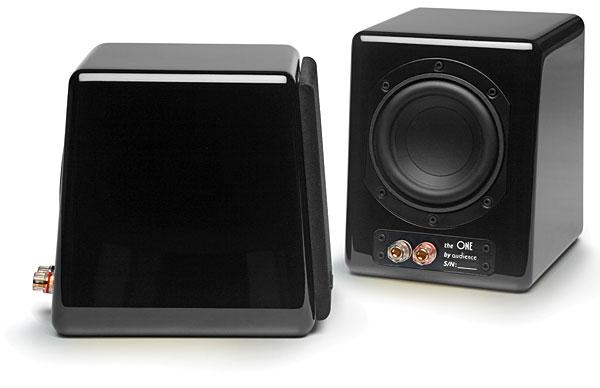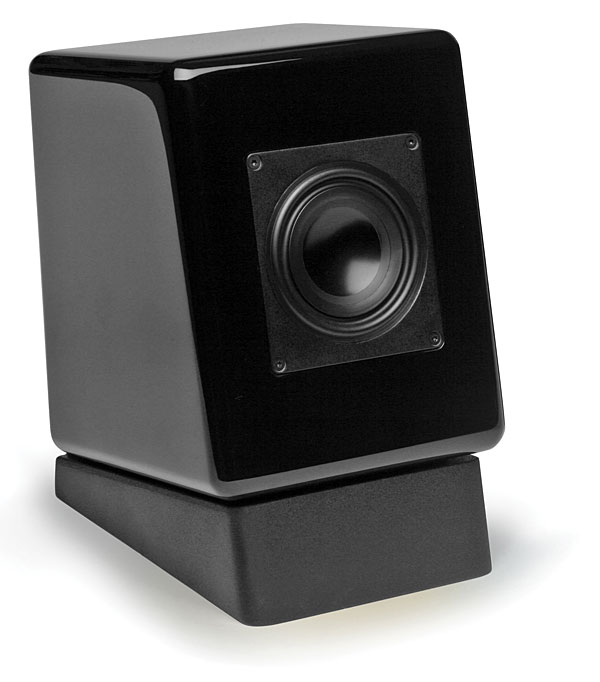| Columns Retired Columns & Blogs |
I've been watching Audience closely ever since the 2+2 article appeared in Stereophile in July 2011. I've quoted and referenced that article so many times I can't count. I've been primarily on headphones since choosing to live in a small flat for years, and the Audience speakers intrigue me as having the potential to produce the crossoverless clarity of a good quality headphone. I hope this is something I see a lot more of in the future.








































